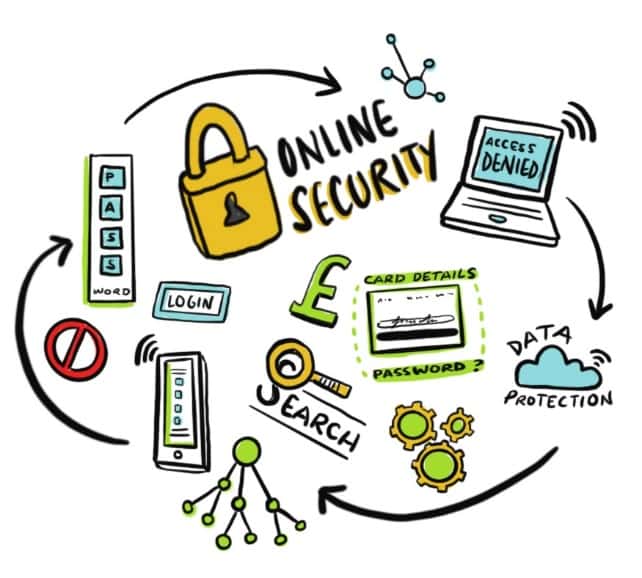How to Check if a Website is Safe: A Comprehensive Guide

In today's digital age, ensuring the safety of the websites you visit is more crucial than ever. Cyber threats are constantly evolving, and navigating the internet safely requires vigilance and the right tools. If you're wondering, "Is this link safe?" or looking to enhance your safe browsing practices, you've come to the right place. As a startup offering an AI-powered website checker, we're here to guide you through the steps to ensure your online security.
Why Website Safety Matters
Every time you visit a website, you risk encountering malicious content, phishing scams, or other cyber threats. These threats can lead to identity theft, financial loss, or malware infections. Ensuring a website is safe before you interact with it protects your personal information and keeps your devices secure.
Steps to Check if a Website is Safe
- Use an AI-Powered Website Checking Plugin - ClickSafe.ai
- Our AI-powered website checker is designed to analyze and evaluate the safety of any website. It uses advanced algorithms to detect malicious content, phishing attempts, and other potential threats. Simply enter the URL you want to check, and our tool will provide a detailed safety report.
- Look for HTTPS in the URL
- Websites that use HTTPS are more secure because they encrypt the data exchanged between your browser and the website. Always check for "https://" at the beginning of the URL and look for a padlock icon in the address bar.
- Check the Website’s Reputation
- Use online tools and resources like ScamAdviser to check the reputation of a website. These platforms aggregate user reviews and ratings to give you an idea of how trustworthy a site is.
- Analyze the Website’s Design and Content
- Legitimate websites usually have professional design and well-written content. Be wary of sites with poor grammar, spelling errors, or an unprofessional layout. These can be indicators of a hastily put-together scam site.
- Verify Contact Information
- Check if the website provides valid contact information, including an address, phone number, and email. Legitimate businesses are usually transparent about their contact details. If the information is missing or seems suspicious, proceed with caution.
- Look for Trust Seals and Certificates
- Trust seals from security companies indicate that a website has been verified for safety. However, be aware that these seals can be faked. Click on the seal to verify its legitimacy.
- Read the Privacy Policy and Terms of Service
- Legitimate websites have clear and comprehensive privacy policies and terms of service. These documents explain how your data will be used and protected. If a site lacks these policies or they seem unclear, it’s best to avoid it.
Enhancing Your Safe Browsing Practices
In addition to checking the safety of individual websites, adopting safe browsing habits is essential:
- Keep Your Software Updated: Regularly update your browser, operating system, and security software to protect against the latest threats.
- Use Strong, Unique Passwords: Avoid using the same password across multiple sites and opt for complex passwords that are difficult to guess.
- Enable Two-Factor Authentication (2FA): 2FA adds an extra layer of security by requiring a second form of verification in addition to your password.
- Be Cautious with Links and Downloads: Avoid clicking on suspicious links or downloading files from untrusted sources.
Conclusion
Ensuring a website is safe before interacting with it is essential for your online security. By following the steps outlined in this guide and leveraging our AI-powered website checker, you can significantly reduce your risk of encountering cyber threats. Stay vigilant, adopt safe browsing practices, and enjoy a secure online experience.
For more information on how our AI-powered website checker can help you stay safe online, visit our website or contact us today!





